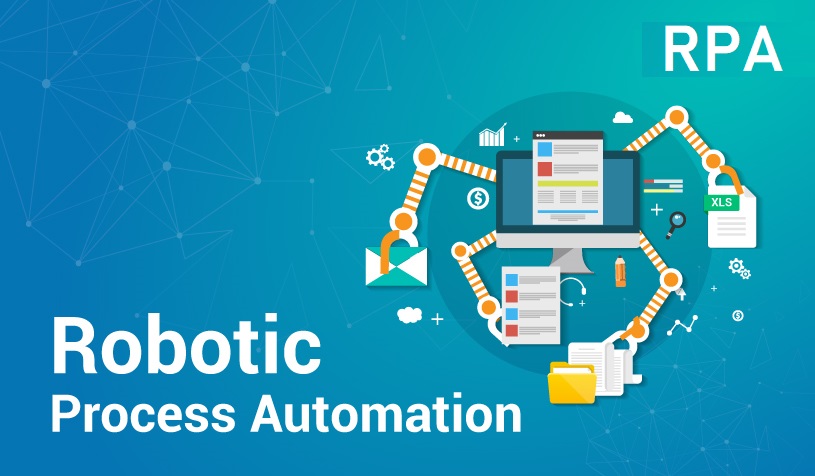Robotic Process Automation (RPA) is undeniably one of the most disruptive forces in digital transformation and is the next big step in related markets. As RPA robots are not industrial machines nor are they those you would see on the big screen like in Star Wars, then many find it difficult to understand the reasons behind its popularity.
RPA is so desirable to various businesses because it’s software robots working to automate the front-end systems that free up humans from most trivial tasks, making RPA the quickest benefit in technology. In addition, there are variations in the definition of RPA. The current global trend is that every process must be enabled by artificial intelligence (AI). RPA is not an exception to this.
The automation of human labor has been happening since the industrial revolution. While robotics has been traditionally used to replace labor-intensive work in industries such as automotive and electronics, new developments are bringing it into a perhaps unexpected environment: the office. In this post, we’ll talk about the next frontier of automation: Robotic process automation.
Robotic process automation (RPA) uses software robotics to automate knowledge-based business processes. As with other applications of robotics, RBA targets processes that are labor-intensive, repetitive and prone to error.
Why companies need robotic process automation:
According to experts, cost reduction, quality improvement, and productivity are the top priorities for sustaining business growth. Robotic process automation offers the opportunity for businesses to automate a wide variety of time-consuming processes such as customer complaints analysis, claims management, policy administration, patient registration, new customer onboarding, and more.
Thanks to automated support, using RBA, human operators can focus on the more interesting, non-repetitive aspects of their job, in turn improving their engagement with strategic tasks and the quality of results.
Robotic process automation: How it works:
Let’s look at an example of robotic process automation in the claims management process.
In processing claims, agents must manually review the claims and all related documents to verify whether the claim is covered by the policy and, based on that information, to decide whether to approve or reject the claim.
A cognitive software, based on sophisticated artificial intelligence algorithms, can automate this process in a way that is similar to how a human agent would manage it. Just like a live agent, Cogito reads the claim, analyzes the content and extracts the relevant data to help the actual agents validate the customer request.
In this example, a human manager handles the final approval software cannot take the place of humans place in all processes, after all, In fact, robotic process automation allows mutual support and collaboration between software and human workers, not a complete replacement.
Robotic Process Automation (RPA) is one of the most exciting developments in Business Process Management (BPM) in recent history. Some industry experts believe it may be even more transformational than cloud computing.
This transformation will be driven by a pursuit of five outcomes:
Cost reduction:
Software robots are typically at least one third the price of an offshore FTE.
Efficiency:
RPA can operate 24X7 without breaks provided the underlying core applications are available.
Accuracy:
Human FTEs make data entry mistakes, whereas robots perform the same task the same way every time provided there is no judgment call required while processing transactions.
Improved audit and regulatory compliance:
Robots can provide detailed audit logs enabling advanced business analytics and improved compliance.
Ease of change management:
Robots preserve application and data integrity by leveraging the existing application presentation layer and re-using existing application logic, databases and validation without deep understanding and re-engineering.
“RPA is not new. Without a doubt, you and your organization have already been touched by robotic automation in one form or another. However, they say there’s nothing as powerful as an idea whose time has come. And the time for RPA-powered transformation is now”


